- Have any questions?
- +86-189 8930 5995
- sales@mosinterchem.com.cn
Zinc chloride CAS 7646-85-7

Sodium nitrite CAS 7632-00-0
19/12/2018
Sodium Fluoride CAS 7681-49-4
19/12/2018| Model: | MOS7646-85-7 |
| Brand Name: | MOSINTER |
| CAS No.: | 7646-85-7 |
| Appearance: | White crystalline |
| Melting Point: | 167-172 °C(lit.) |
| Boiling point: | 219-220 °C10 mm Hg(lit.) |
| Density: | 1.01 g/mL at 20 °C |
| Flashing point: | 732°C |
| Vapour pressure: | 1 mm Hg ( 428 °C) |
| Storage condition: | 2-8°C |
| Solubility: | H2O: 4 M at 20 °C, clear, colorless |
| Soluble: | 432 g/100 mL (25 ºC) |
| Sensibility: | Hygroscopic |
Zinc chloride (CAS: 7646-85-7)
| Item | Index |
| Appearance | White powder |
| Zinc Chloride content % | 98.0 |
| Basic salt content( as ZnO ) % | 1.8 |
| Sulphates content( as SO4 ) % | <0.01 |
| Ba content % | <0.1 |
| Iron( Fe ) content % | <0.0005 |
| Lead( Pb ) content % | <0.0005 |
| Water content % | <0.13 |
Zinc chloride is the name of chemical compounds with the formula ZnCl2 and its hydrates. Zinc chlorides, of which nine crystalline forms are known, are colorless or white, and are highly soluble in water. ZnCl2 itself is hygroscopic and even deliquescent. Samples should therefore be protected from sources of moisture, including the water vapor present in ambient air. Zinc chloride finds wide application in textile processing,metallurgical fluxes, and chemical synthesis. No mineral with this chemical composition is known aside from the very rare mineral simonkolleite, Zn5(OH)8Cl2·H2O.
Applications
As a metallurgical flux
Zinc chloride has the ability to react with metal oxides (MO) to give derivatives of the formula MZnOCl2. This reaction is relevant to the utility of ZnCl2 solution as a flux for soldering— it dissolves oxide coatings exposing the clean metal surface.[30] Fluxes with ZnCl2 as an active ingredient are sometimes called “tinner’s fluid”. Typically this flux was prepared by dissolving zinc foil in dilute hydrochloric acid until the liquid ceased to evolve hydrogen; for this reason, such flux was once known as “killed spirits”. Because of its corrosive nature, this flux is not suitable for situations where any residue cannot be cleaned away, such as electronic work. This property also leads to its use in the manufacture of magnesia cements fordental fillings and certain mouthwashes as an active ingredient.
In textile processing
Concentrated aqueous solutions of zinc chloride (more than 64% weight/weight zinc chloride in water) have the interesting property of dissolving starch, silk, and cellulose. Thus, such solutions cannot be filtered through standard filter papers. Relevant to its affinity for these materials, ZnCl2 is used as a fireproofing agent and in fabric “refresheners” such as Febreze.
Smoke grenades
The zinc chloride smoke mixture (“HC”) used in smoke grenades contains zinc oxide and hexachloroethane, which, when ignited, react to form zinc chloride smoke, an effective smoke screen.
Fingerprint detection
Ninhydrin reacts with amino acids and amines to form a colored compound “Ruhemann’s purple” (RP). Spraying with a zinc chloride solution forms a 1:1 complex RP:ZnCl(H2O)2, which is more readily detected as it fluoresces better than Ruhemann’s purple.[
Disinfectant
Historically, a dilute aqueous solution of zinc chloride was used as a disinfectant under the name “Burnett’s Disinfecting Fluid”. It is also used in some commercial brands of antiseptic mouthwash.
Skin cancer treatment
As a substance to cause the formation of eschars, zinc chloride found use in times past to create “sloughs”/eschars i.e remove the skin of patients with skin cancer in “Mohs chemosurgery fixed-tissue technique”.
Safety considerations
Zinc chloride is a skin and respiratory irritant according to its MSDS. Precautions that apply to anhydrous ZnCl2 are those applicable to other anhydrous metal halides, i.e. hydrolysis can be exothermic and contact should be avoided. Concentrated solutions are acidic and corrosive, and specifically attack cellulose and silk as Lewis acids.[44]
Zinc chloride fume has occupational exposure limits set, as the Occupational Safety and Health Administration and the National Institute for Occupational Safety and Health have both set limits at 1 mg/m3 over an eight time-weighted average. A short-term exposure limit for exposure is set at 2 mg/m3. An Immediately Dangerous to Life and Health exposure is set at 50 mg/m3.
You must be logged in to post a review.

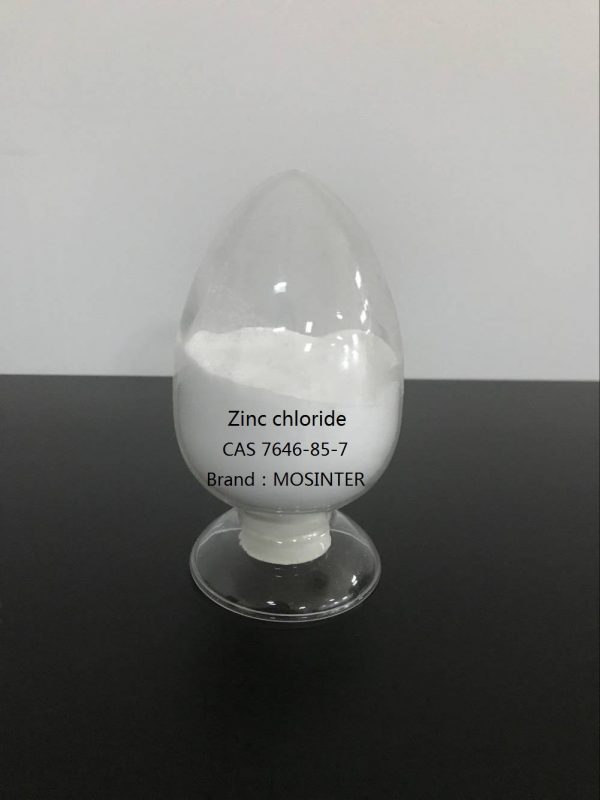
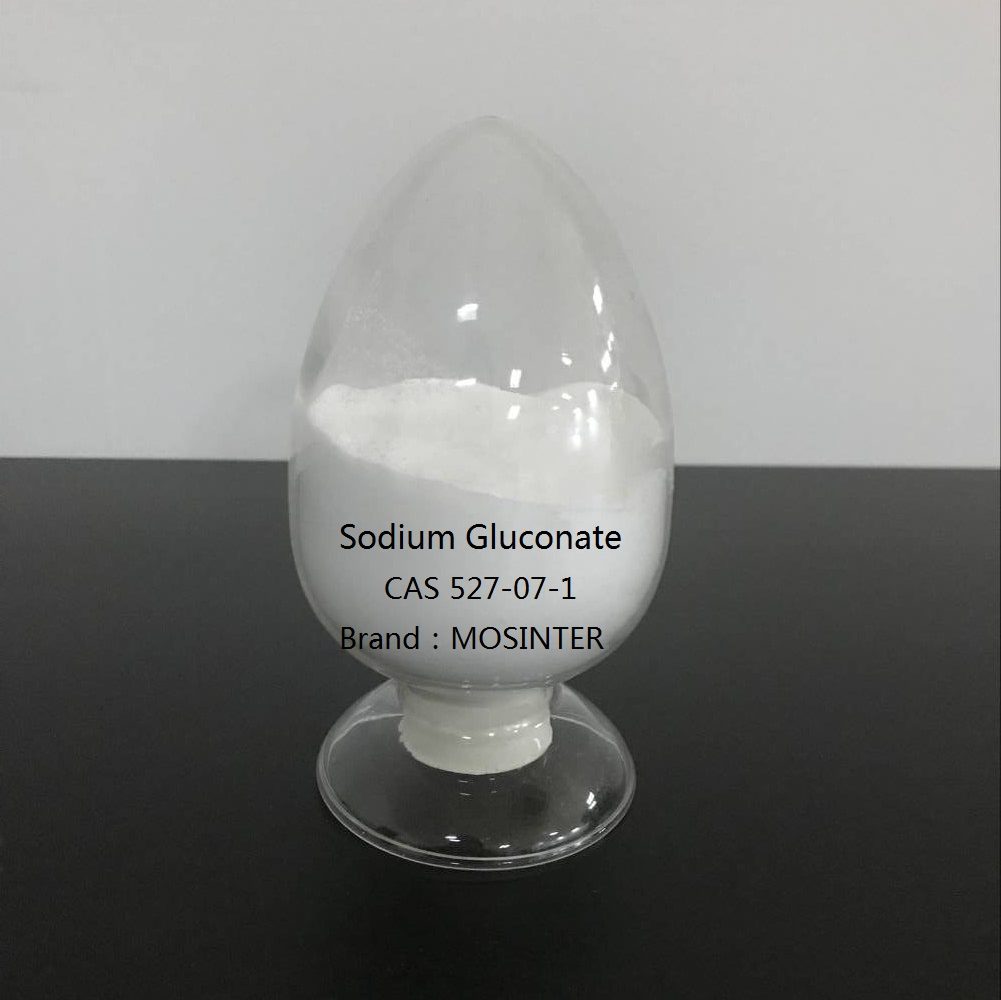
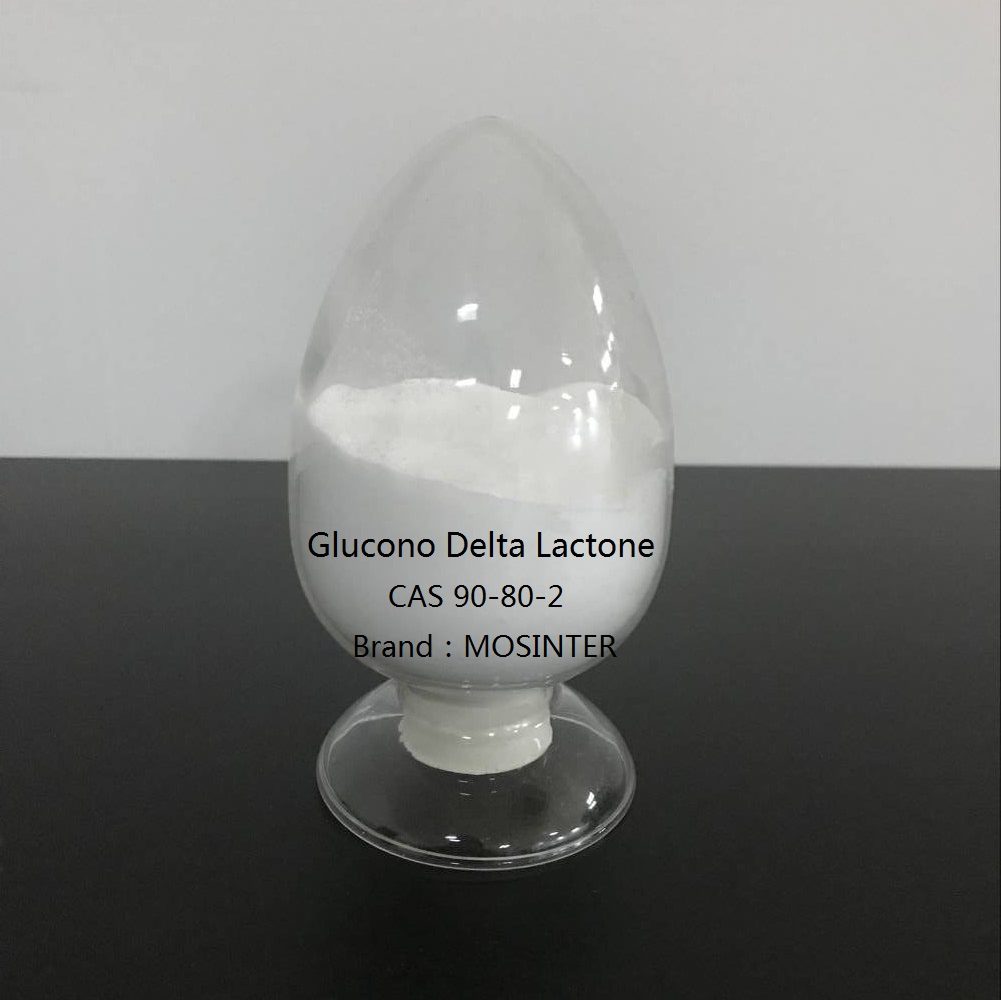
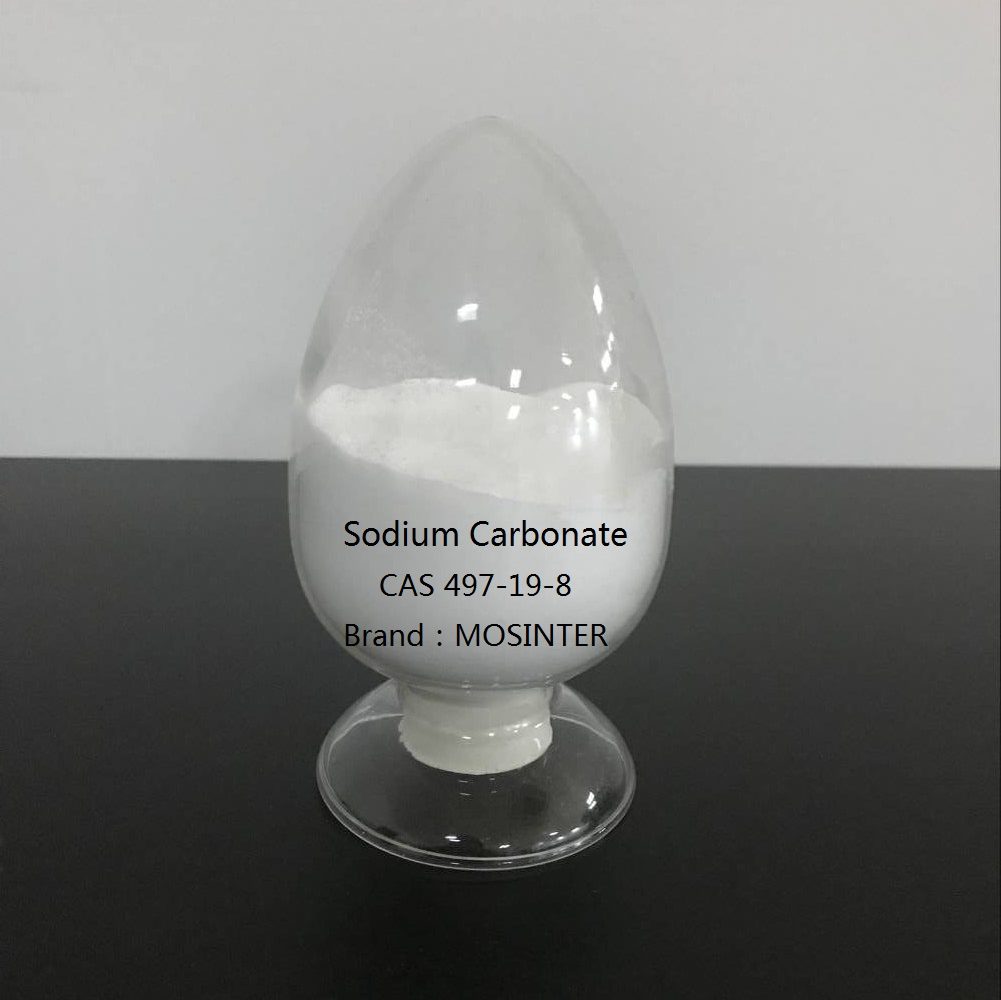
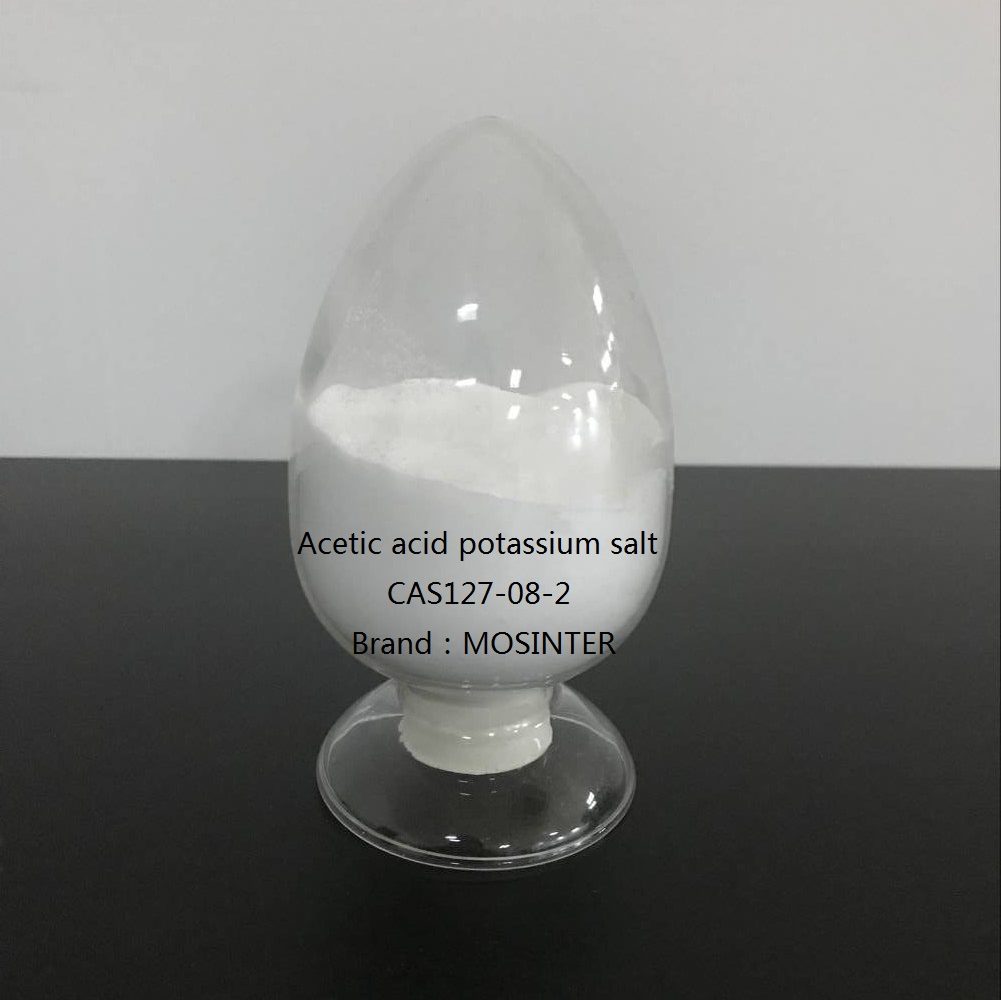
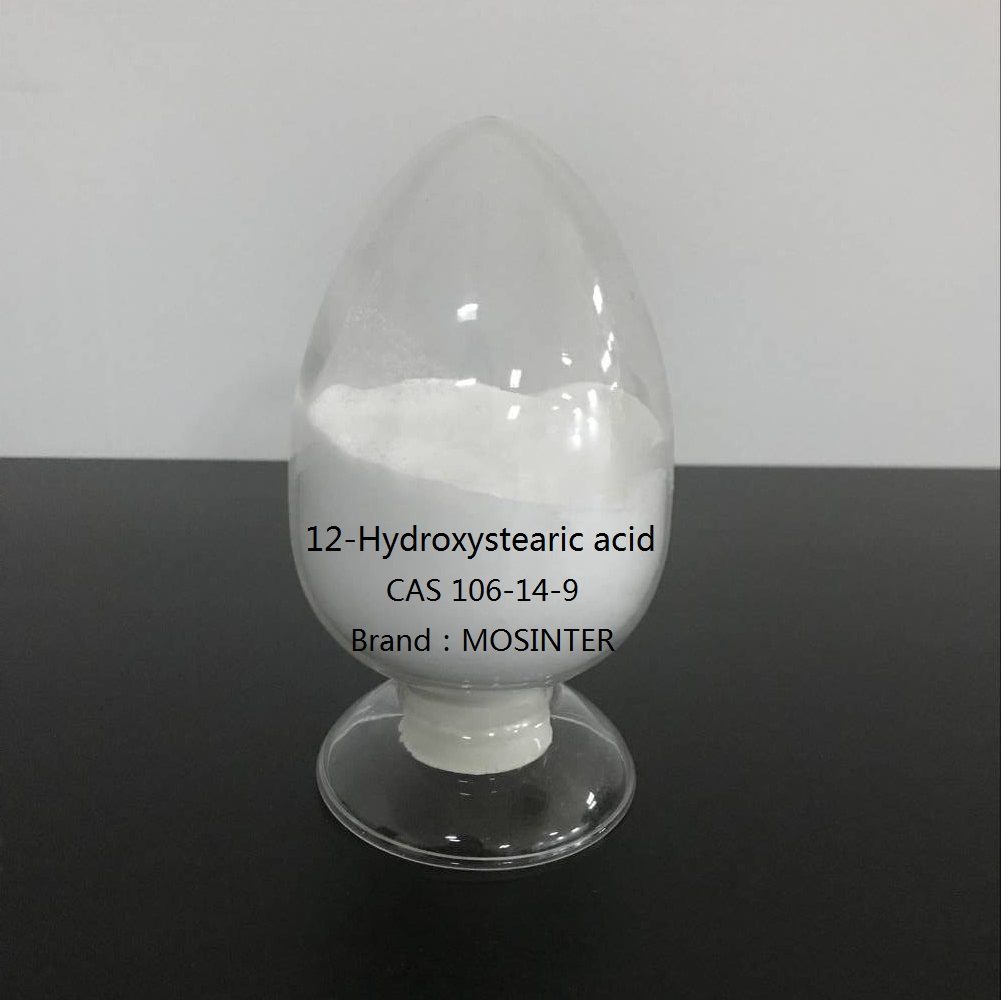
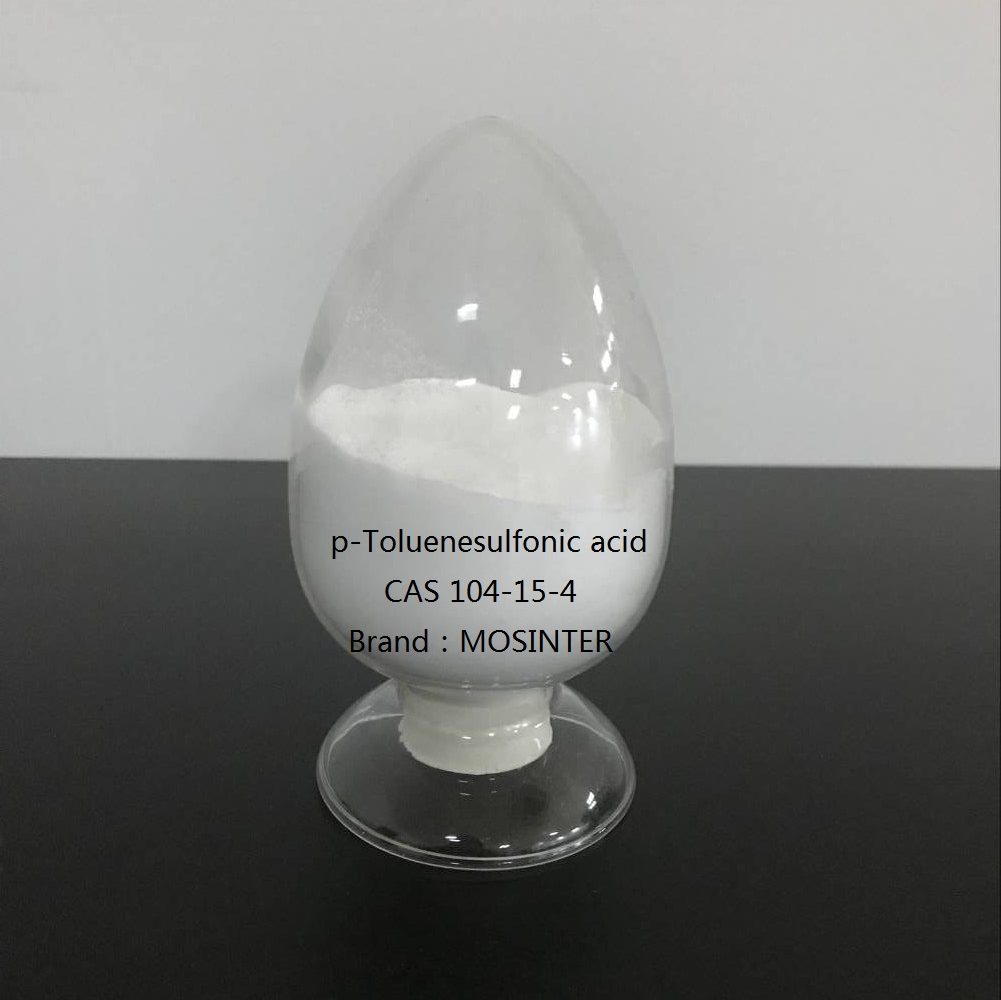
Reviews
There are no reviews yet.